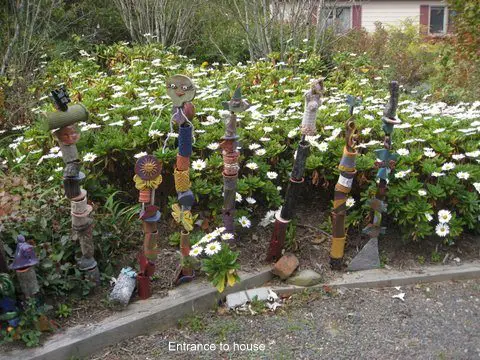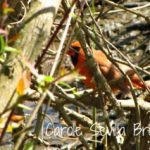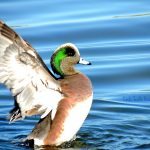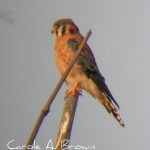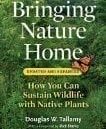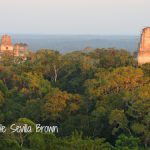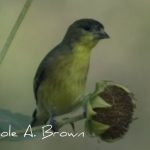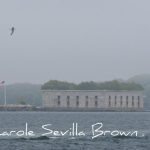Ro Wilson is an artist, both in her creation of stunning ceramics and in her Cape May, NJ Ecosystem Garden. She purchased this former horse pasture in Cape May more than 20 years ago with the express intent of creating habitat for wildlife because so much habitat in Cape May was being destroyed. Kudos to her for her forward vision to begin this process long before it became fashionable in the gardening world.
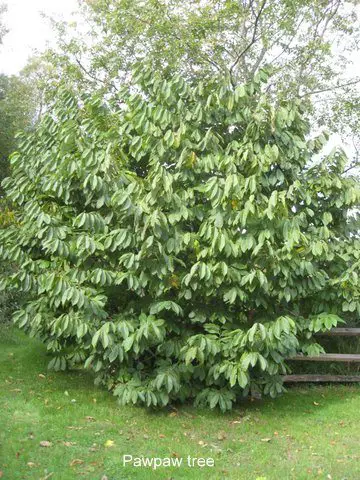
PawPaw Tree (c) Irma McVey
Ro has a particular fondness for Zebra Swallowtail butterflies, which at this point, are not present in Cape May. But they are found in Delaware, a short hop across the Delaware Bay.
Being an optimist, Ro has planted PawPaw trees (the host plant for the Zebra Swallowtail) around her garden, in hopes that one day soon, the Zebra Swallowtail will make the leap across the bay and find in her garden a welcoming habitat.
One of the hallmarks of Ro’s Ecosystem Garden is the expansive meadow/former horsepasture. In order to keep succession at bay, this meadow is burned every year in the early spring. Otherwise, it would be overrun with rasperries, sweet gum, and black gum, among others, on a march to return this field to forest. Since grassland birds are in such danger of extinction due to loss of habitat, Ro prefers to keep this area as a meadow to support these endangered birds.
This property is very close to a Nature Conservancy preserve, the Hidden Valley Ranch, where many owls nest, and raptors, coyotes, skunks, opossums, and many other wildlife live. Many of these species hunt or feed in Ro’s meadow because she is providing food and habitat that welcomes these species.
Although Ro does on occasion add native plant plugs to her meadow, she is content to see what appears spontaneously, having been “planted” by the birds or a native plant from the seedbank in the soil that finally has the right conditions to germinate.
The spring was unusually rainy this year and a very welcome plant to arrive in the meadow is one of Ro’s favorite, Nodding Ladies Tresses. New also this year, the small pink-flowered Maryland Meadow Beauty. What an amazing thing when a volunteer to the garden is such a welcome treasure!
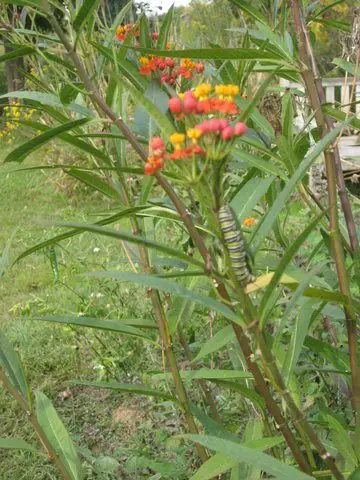
Tropical Milkweed with Monarch Caterpillar (c) Irma McVey
This garden is filled with milkweed to provide hosts for Monarch butterflies. Ro loves this particular insect and plants every species of aesclepias that she finds that will survive the conditions in her garden. These include swamp milkweed, common milkweed, butterfly weed, and tropical milkweed, from which Ro diligently collects seed every year because this plant is an annual in Cape May.
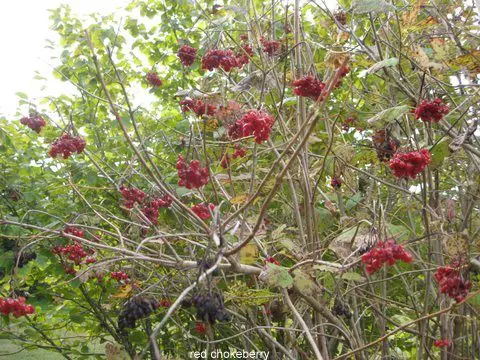
Red Chokecherry (c) Irma McVey
Ro has a wide variety of fruiting/berrying shrubs and trees to feed wildlife from her Ecosystem Garden, including one of her favorites, the Red Chokecherry and Eastern Red Cedar. Many birds feast on these fruits, which Ro has planted specifically to support them.
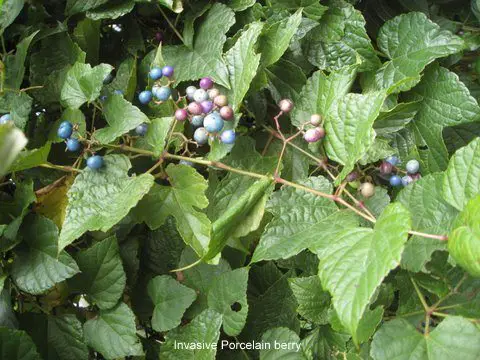
Invasive Porcelain Berry (c) Irma McVey
Some advice from Ro for wildlife gardeners: be vigilant about removing invasive plants or your garden will be swallowed up by these nasties. In Cape May, the bane of every gardener is the highly invasive Porcelain Berry, which will over run roadside edges, gardens, open space, and is prevalent in every protected space in Cape May. Ro fights an ongoing constant battle in her attempts to keep this plant from swallowing her garden.
More From Ecosystem Gardening:
Submit your review | |

